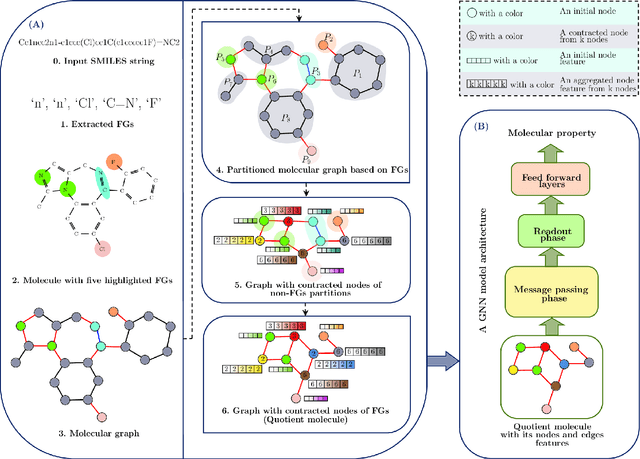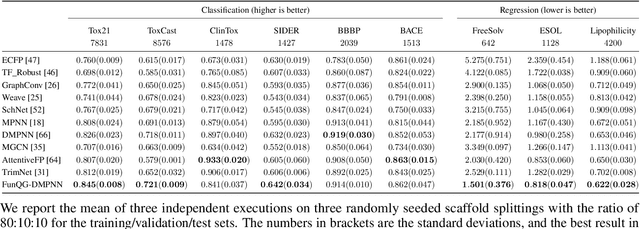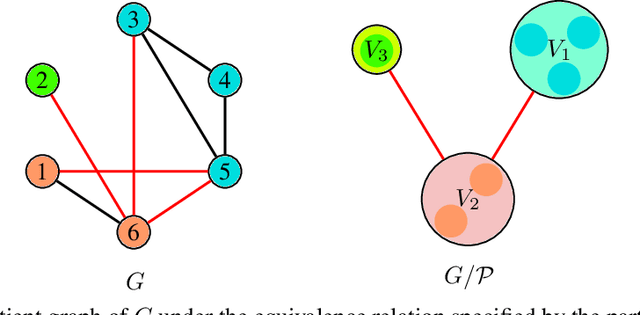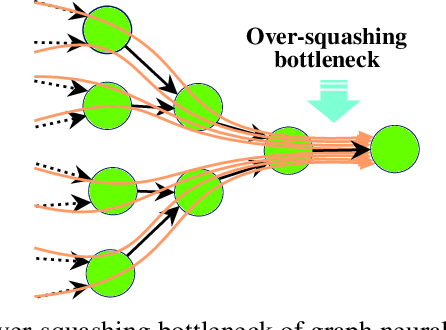Yavar Taheri Yeganeh
Deep Active Inference Agents for Delayed and Long-Horizon Environments
May 26, 2025Abstract:With the recent success of world-model agents, which extend the core idea of model-based reinforcement learning by learning a differentiable model for sample-efficient control across diverse tasks, active inference (AIF) offers a complementary, neuroscience-grounded paradigm that unifies perception, learning, and action within a single probabilistic framework powered by a generative model. Despite this promise, practical AIF agents still rely on accurate immediate predictions and exhaustive planning, a limitation that is exacerbated in delayed environments requiring plans over long horizons, tens to hundreds of steps. Moreover, most existing agents are evaluated on robotic or vision benchmarks which, while natural for biological agents, fall short of real-world industrial complexity. We address these limitations with a generative-policy architecture featuring (i) a multi-step latent transition that lets the generative model predict an entire horizon in a single look-ahead, (ii) an integrated policy network that enables the transition and receives gradients of the expected free energy, (iii) an alternating optimization scheme that updates model and policy from a replay buffer, and (iv) a single gradient step that plans over long horizons, eliminating exhaustive planning from the control loop. We evaluate our agent in an environment that mimics a realistic industrial scenario with delayed and long-horizon settings. The empirical results confirm the effectiveness of the proposed approach, demonstrating the coupled world-model with the AIF formalism yields an end-to-end probabilistic controller capable of effective decision making in delayed, long-horizon settings without handcrafted rewards or expensive planning.
Active Inference Meeting Energy-Efficient Control of Parallel and Identical Machines
Jun 13, 2024Abstract:We investigate the application of active inference in developing energy-efficient control agents for manufacturing systems. Active inference, rooted in neuroscience, provides a unified probabilistic framework integrating perception, learning, and action, with inherent uncertainty quantification elements. Our study explores deep active inference, an emerging field that combines deep learning with the active inference decision-making framework. Leveraging a deep active inference agent, we focus on controlling parallel and identical machine workstations to enhance energy efficiency. We address challenges posed by the problem's stochastic nature and delayed policy response by introducing tailored enhancements to existing agent architectures. Specifically, we introduce multi-step transition and hybrid horizon methods to mitigate the need for complex planning. Our experimental results demonstrate the effectiveness of these enhancements and highlight the potential of the active inference-based approach.
FunQG: Molecular Representation Learning Via Quotient Graphs
Jul 18, 2022



Abstract:Learning expressive molecular representations is crucial to facilitate the accurate prediction of molecular properties. Despite the significant advancement of graph neural networks (GNNs) in molecular representation learning, they generally face limitations such as neighbors-explosion, under-reaching, over-smoothing, and over-squashing. Also, GNNs usually have high computational complexity because of the large-scale number of parameters. Typically, such limitations emerge or increase when facing relatively large-size graphs or using a deeper GNN model architecture. An idea to overcome these problems is to simplify a molecular graph into a small, rich, and informative one, which is more efficient and less challenging to train GNNs. To this end, we propose a novel molecular graph coarsening framework named FunQG utilizing Functional groups, as influential building blocks of a molecule to determine its properties, based on a graph-theoretic concept called Quotient Graph. By experiments, we show that the resulting informative graphs are much smaller than the molecular graphs and thus are good candidates for training GNNs. We apply the FunQG on popular molecular property prediction benchmarks and then compare the performance of a GNN architecture on the obtained datasets with several state-of-the-art baselines on the original datasets. By experiments, this method significantly outperforms previous baselines on various datasets, besides its dramatic reduction in the number of parameters and low computational complexity. Therefore, the FunQG can be used as a simple, cost-effective, and robust method for solving the molecular representation learning problem.
 Add to Chrome
Add to Chrome Add to Firefox
Add to Firefox Add to Edge
Add to Edge